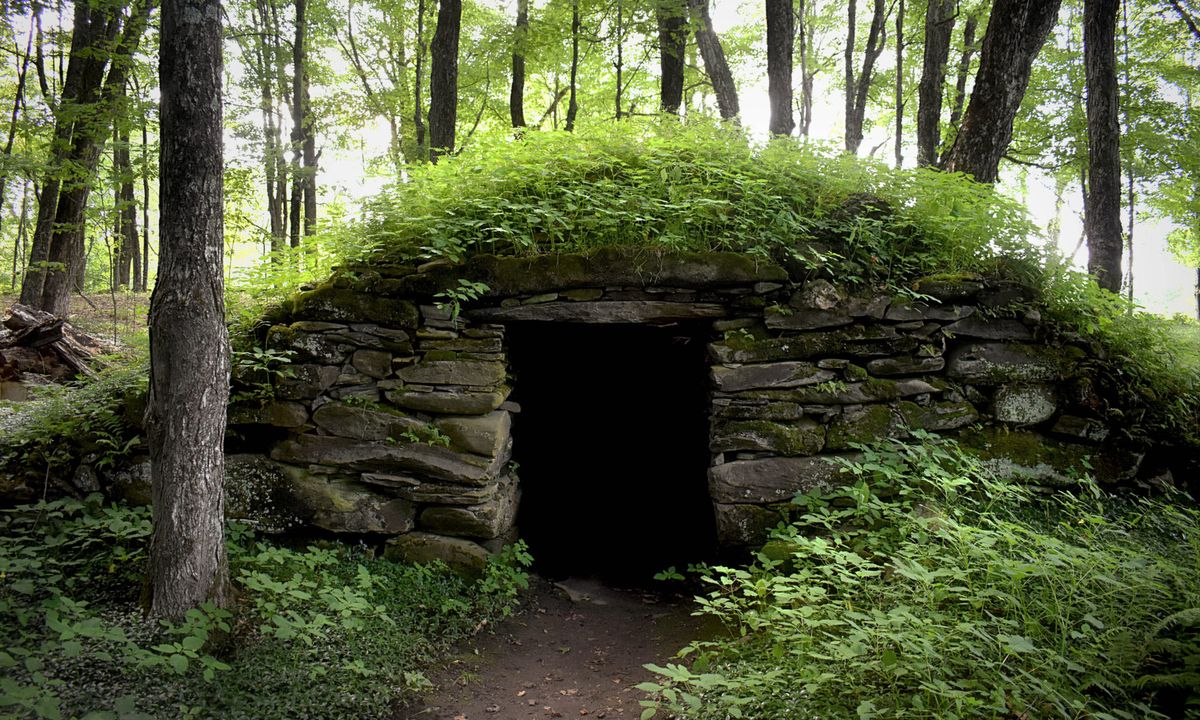Secrets Of Vermont’s Ancient Stone Alignments

Have you ever wondered about the mysterious stone alignments scattered across Vermont? These ancient formations have puzzled historians and archaeologists for years. Some believe they were created by Native American tribes, while others think early European settlers might be responsible. These stone structures often align with celestial events like solstices and equinoxes, adding to their intrigue. Imagine standing among these stones, feeling the weight of history and the whispers of ancient cultures. Whether you're a history buff or just love a good mystery, Vermont's stone alignments offer a unique glimpse into the past. Ready to uncover their secrets? Let's dive in!
Mysteries of Vermont's Ancient Stone Alignments
Vermont, known for its stunning landscapes, hides a lesser-known secret: ancient stone alignments. These mysterious formations have puzzled historians and archaeologists for years. Let's uncover some of these intriguing sites.
1. Calendar II
Calendar II, located in South Woodstock, is a fascinating site. This stone circle, believed to be an ancient calendar, aligns with the solstices and equinoxes. Visitors often feel a sense of awe standing among these stones, imagining the ancient people who once used them.
2. The Upton Chamber
The Upton Chamber in Upton, Massachusetts, is another intriguing site. Though not in Vermont, it's close enough to be worth mentioning. This underground stone chamber, possibly used for ceremonial purposes, has a mysterious air. Its precise construction and alignment with celestial events add to its enigma.
3. The Calendar Stone
The Calendar Stone in South Woodstock is another must-see. This large, flat stone has carvings that align with the sun's movements. Some believe it was used by Native Americans to track time and seasons. The stone's intricate design and purpose remain a topic of debate among scholars.
4. The Stone Chambers of Putney
Putney, Vermont, is home to several stone chambers. These structures, resembling small stone huts, are scattered throughout the area. Their purpose remains unclear, but some theories suggest they were used for storage, shelter, or even spiritual rituals. Exploring these chambers offers a glimpse into Vermont's ancient past.
5. The Stone Cairns of Mount Philo
Mount Philo, a popular hiking destination, also features mysterious stone cairns. These carefully stacked stones are found along the trails, their origins and purpose unknown. Some believe they were used as trail markers, while others think they had a more spiritual significance. Hiking Mount Philo and discovering these cairns adds an element of mystery to the adventure.
6. The Stone Rows of Bennington
Bennington, Vermont, is known for its stone rows. These long, straight lines of stones stretch across fields and forests. Their purpose remains a mystery, but some theories suggest they were used for agricultural purposes or as boundary markers. Walking along these stone rows, one can't help but wonder about the people who built them.
7. The Stone Circles of Guilford
Guilford, Vermont, is home to several stone circles. These circular formations, made of large stones, are thought to have been used for ceremonial purposes. The precise alignment of the stones with celestial events suggests a deep understanding of astronomy by the ancient builders. Visiting these stone circles offers a unique glimpse into Vermont's ancient history.
8. The Stone Chambers of Newfane
Newfane, Vermont, features several stone chambers similar to those in Putney. These structures, built into hillsides, have puzzled researchers for years. Some believe they were used for storage, while others think they had a more spiritual or ceremonial purpose. Exploring these chambers provides a fascinating look into Vermont's past.
9. The Stone Cairns of Groton State Forest
Groton State Forest, a vast wilderness area, is home to numerous stone cairns. These carefully stacked stones are found throughout the forest, their origins and purpose shrouded in mystery. Some believe they were used as trail markers, while others think they had a more spiritual significance. Hiking through Groton State Forest and discovering these cairns adds an element of intrigue to the experience.
10. The Stone Rows of Manchester
Manchester, Vermont, features several stone rows similar to those in Bennington. These long, straight lines of stones stretch across fields and forests, their purpose unknown. Some theories suggest they were used for agricultural purposes or as boundary markers. Walking along these stone rows, one can't help but wonder about the people who built them.
Vermont's Ancient Mysteries Await
Vermont's ancient stone alignments offer a unique glimpse into the past. These mysterious structures, scattered across the landscape, invite curiosity and wonder. Whether you're a history buff or just love a good mystery, these alignments are worth exploring. They provide a tangible connection to the people who once lived here, their beliefs, and their way of life.
Visiting these sites can be a rewarding experience. You'll not only see the stones but also feel the history that surrounds them. It's a chance to step back in time and imagine what life was like centuries ago. So, next time you're in Vermont, take some time to visit these ancient alignments. They are a fascinating part of the state's heritage and a reminder of the mysteries that still exist in our world.

